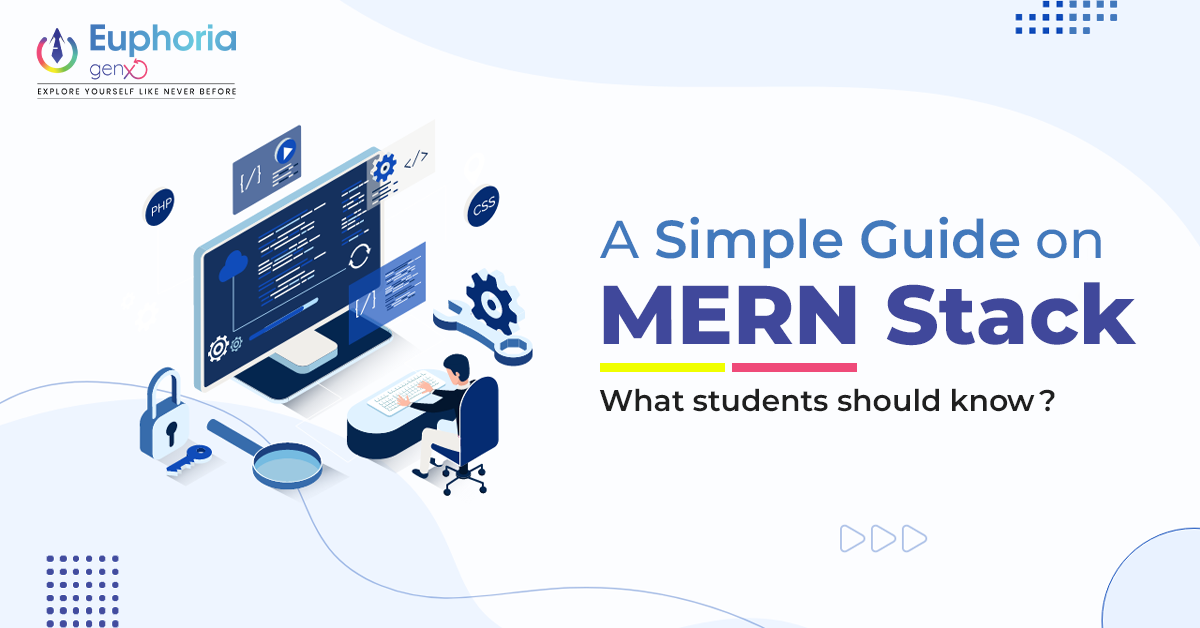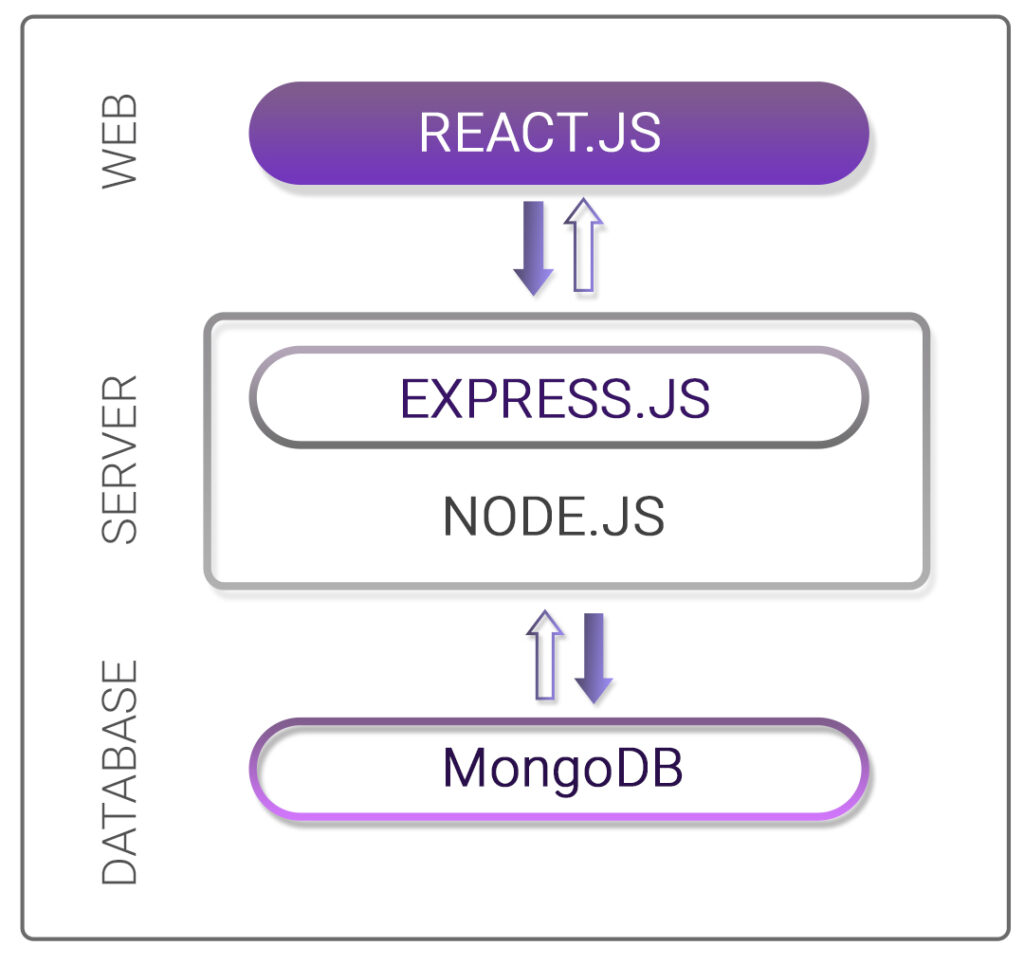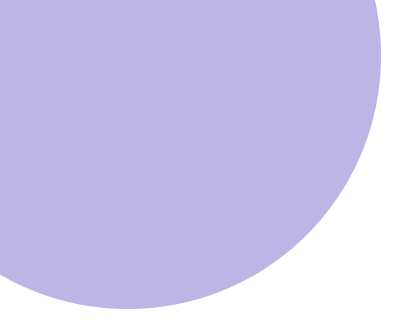

In web development, staying up-to-date with the latest technologies is essential. The MERN stack is one such technology that has gained significant popularity among developers, especially those who work with JavaScript. MEVN (MongoDB, Express, Vue, Node) is another variation, although essentially any front-end JavaScript framework will do.
If you’re a student aspiring to study MERN training course in Kolkata, understanding the MERN stack can be a valuable asset in your journey. In this blog, we’ll provide you with a simple guide on the MERN stack, covering the basics and key components to help you get started.
MERN is an acronym for four powerful technologies: MongoDB, Express.js, React.js, and Node.js. Together, these technologies form a full-stack JavaScript framework that enables developers to build robust and dynamic web applications.
By following the tips mentioned below you can understand the roadmap of becoming a successful MERN Stack Developer –
The MERN architecture includes JavaScript and JSON which makes it simple to build a three-tier architecture including front end, back end, and database.

React.JS as Frontend-
React.js is a declarative JavaScript framework used for building dynamic client-side apps in HTML. It makes up the top tier of the MERN stack. React enables developers to link simple components to data on the back-end server, connect complicated interfaces to those connections, and render those interfaces as HTML.
React excels at handling stateful, data-driven interfaces with little code, and it includes all the features expected from a contemporary web framework, including excellent support forms, error handling, events, lists, and more.
Express.js and Node.JS as Server Tier-
The server-side framework Express.js functions inside a Node.js server. It falls just below React. JS. It describes itself as a “fast, unopinionated, minimalist web framework for Node.js”. Express.JS offers robust models for handling HTTP requests and responses as well as URL routing (correlating an incoming URL with a server function).
Developers connect to the Express.js functions that power applications by sending XML HTTP Requests (XHRs), GET requests, or POST requests from your React.js front end. Developers access and update the data in the MongoDB database using the Node.js drivers, either using callbacks or promises.
MongoDB Database Tier
Here a database is required that’s just as simple to use as React, Express, and Node. This application saves data (user profiles, content, comments, uploads, events, etc.).
MongoDB can help with this as it allows JSON documents written in the React.js front end to be forwarded to the Express.js server for processing and, if they’re valid, direct storage in MongoDB for later retrieval.
Yes, MERN is a comprehensive stack that uses React.js for front-end display, Express.js and Node.js for application and database tiers, and MongoDB for the database layer. But don’t confuse it with the MEAN stack development. You can go through with the MEAN vs. MERN Stack Development : A Detailed Comparative Analysis to pick the most suitable specialization of the full stack development.
The MERN stack offers several advantages that make it a popular choice among developers:
To get started with the MERN stack, you can follow these steps:
The MERN stack is a powerful combination of technologies that allows developers to build modern web applications efficiently. As a student, you must have understood the bright future of MERN Stack Development. By understanding MongoDB, Express.js, React.js, and Node.js, students can create robust, scalable, and interactive web applications. Remember to choose the best MERN training institute in Kolkata and practice regularly, build projects, and explore the vast resources available online. With dedication and hands-on experience, anyone can become proficient in the MERN stack developer.


© 2026 Euphoria GenX. All Rights Reserved